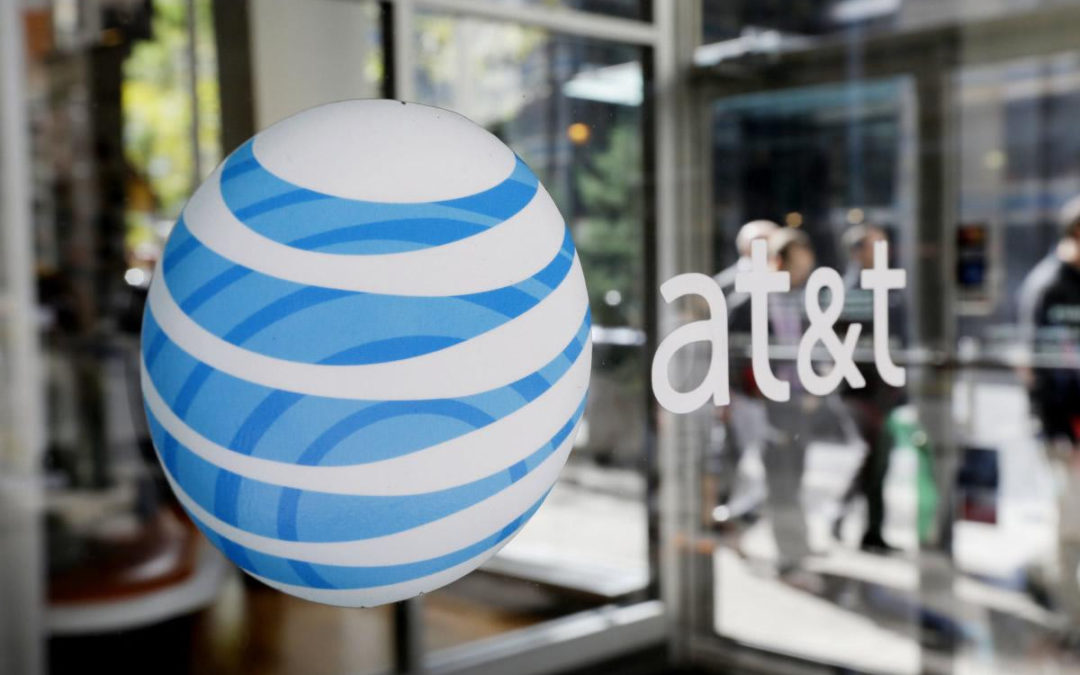Apart from autonomous vehicle technology, connectivity and communication are among the biggest growth areas in automotive. AT&T’s specialization in these systems is a considerable asset for carmakers, which is why Ford and Honda have partnered with the telecommunications company on two independent projects.
AT&T brings 4G LTE and Wi-Fi to Honda models
On the first day of 2017’s Consumer Electronics Show, AT&T announced it would bring its 4G LTE connectivity to Honda vehicles in the U.S. and Canada. HondaLink apps will benefit from the connectivity services for navigation, streaming radio, diagnostics, and remote lock/unlock functions.
“Honda owners are some of the most loyal customers in the world. We can’t wait to bring them an even better driving experience,” said Chris Penrose, President, Internet of Things Solutions, AT&T. “Wireless connectivity and connected car services continue to be a key feature in customers’ next car purchase decision. Our work with Honda will deliver new capabilities to future models.”
AT&T and Ford develop Vehicle-to-Anything communication
Vehicle-to-Anything (V2X) communication will make roads safer and less congested. To get this technology to market faster, AT&T has partnered with Ford and Delphi. Together, these companies will pair smart city infrastructure with vehicle communications systems.
AT&T’s LTE network will notify drivers of approaching vehicles and events (airbag deployments, collisions, hazardous road conditions, and wrong-way driving). In a future where self-driving cars interact with traffic lights, roadside monitors, signs, and any other connected devices, traffic and the number of accidents will be reduced.
More: Faraday Future Challenges Supercars To A Drag Race
In its press release, AT&T noted an increase (from 2014 to 2015) in vehicle-related deaths and a high rate of driver-error. The telecommunications company hopes this new technology will reverse this trend. The NHTSA’s proposed solution would require new cars to communicate with one another via dedicated short-range communications (DSRC) to avoid accidents. AT&T’s V2X platform and LTE network would extend DSRC’s range.
Delphi, Ford, and AT&T engaged in a joint research program to build the V2X platform. Delphi was behind the module itself, Ford developed the in-car integration, and AT&T built the software for the analytics platform and will provide wireless connectivity.
“This technology has the ability to drastically reduce accidents and save lives,” said Jim Zizelman, VP, Engineering, Delphi. “DSRC and LTE both have a unique role to play. The combination will help accelerate the adoption of V2X overall.”
“We believe robust, secure vehicle communications offers the potential to dramatically improve safety, reduce congestion and help protect the environment,” said Don Butler, executive director, Ford Connected Vehicle and Services. “Accelerating the deployment of these communications requires collaboration across industries and government agencies.”
“We’re moving from today’s connected car to a fully autonomous vehicle. Our work with Delphi and Ford will deliver safer, more secure, cost-effective and efficient solutions to do this,” said Chris Penrose, President, Internet of Things Solutions, AT&T.

